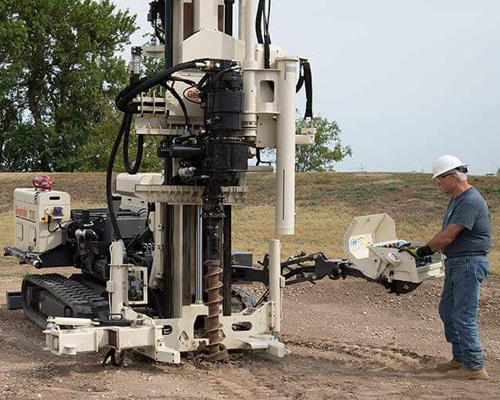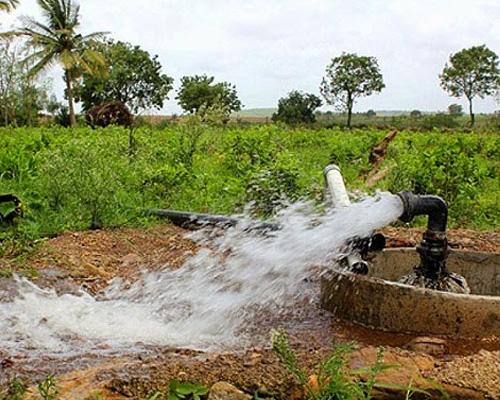Preventing Unsuccessful Boring – Tips for a Smooth Project
Boring, whether for water extraction, soil testing, or foundation work, is a task that demands precision, planning, and the right techniques. An unsuccessful boring attempt can lead to wasted time, increased costs, and delayed projects. The good news? With proper preparation and execution, you can significantly reduce the chances of failure. Why Boring Projects Fail Many boring attempts fail due to: By addressing these factors early, you can set your project on the path to success. Essential Tips to Prevent Unsuccessful Boring 1. Conduct a Detailed Site Survey Before any drilling starts, perform a hydrogeological and soil survey. This helps identify: 2. Choose the Right Equipment The type of drilling rig and tools should match your soil conditions and desired depth. Heavy-duty, well-maintained machinery reduces downtime and improves efficiency. 3. Hire Skilled and Experienced Operators Boring is a technical job that requires experience. Professionals can adapt to changing soil conditions and prevent costly mistakes. 4. Plan for Seasonal Variations Water table levels fluctuate depending on the season. In most areas, boring during or right after the rainy season offers better chances of success. 5. Monitor the Process in Real-Time Supervise and track progress during the boring process. Quick adjustments can be made if obstacles or unexpected conditions arise. 6. Keep a Backup Plan Ready If the first location doesn’t work, shifting a few meters or increasing the depth can often lead to success without restarting the entire process. Benefits of Proper Planning



